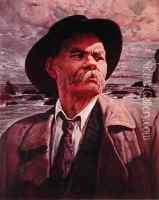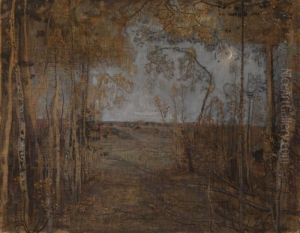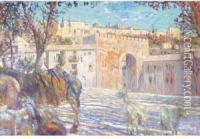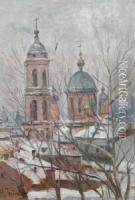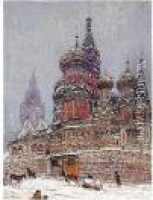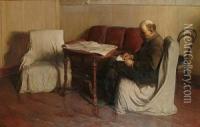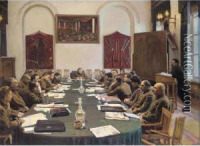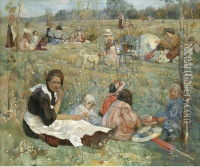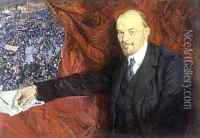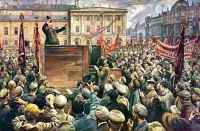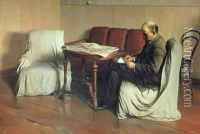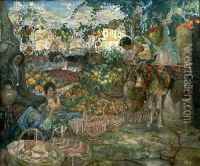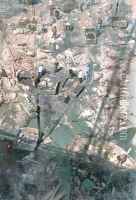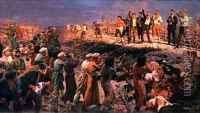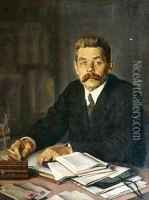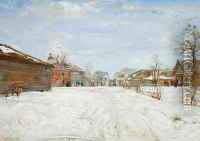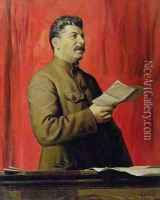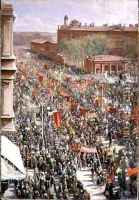Isaak Israilevich Brodsky Paintings
Isaak Israilevich Brodsky was a prominent Soviet painter and art administrator, born on January 6, 1884, in Sofiyevka, Russian Empire, which is now part of Ukraine. He was known for his significant contributions to the Socialist Realism art movement, which became the dominant style in the Soviet Union under Joseph Stalin.
Brodsky's artistic journey began at the Odessa Drawing School, where he was a student from 1896 to 1902. He then continued his studies at the Imperial Academy of Arts in St. Petersburg, where he was a pupil of the famous artist Ilya Repin. Brodsky's talent was recognized early, and he was awarded a scholarship to travel to Italy and France to further his art education.
Upon his return to Russia, Brodsky became deeply involved in the artistic life of the time and gained recognition for his portraits and historical paintings. His works often depicted scenes of Russian history and the lives of common people, aligning with the Soviet ideology of glorifying the proletariat and promoting a positive image of Soviet life.
During the Russian Civil War, Brodsky was affiliated with the Bolsheviks, and after the establishment of the Soviet Union, he became even more entrenched in the regime's cultural policies. He was one of the founders of the Leningrad Institute of Proletarian Fine Arts, which later became the Russian Academy of Arts. His position allowed him to influence a generation of Soviet artists, and he played a key role in the development of the Socialist Realism style.
Brodsky's dedication to the Soviet cause earned him numerous accolades, including the title of People's Artist of the USSR and the Order of Lenin. He was also the first director of the State Russian Museum in Leningrad. Among his most famous works are the portraits of Lenin and other Soviet leaders, which helped to create the visual iconography of the Soviet state.
Isaak Brodsky's legacy is complex. While he was undoubtedly a talented artist and contributed significantly to the Soviet art scene, his close association with the Soviet regime and its propaganda efforts has led to mixed perceptions of his work. Brodsky died on August 14, 1939, in Leningrad, Soviet Union, leaving behind a vast body of work that continues to be studied and exhibited.
